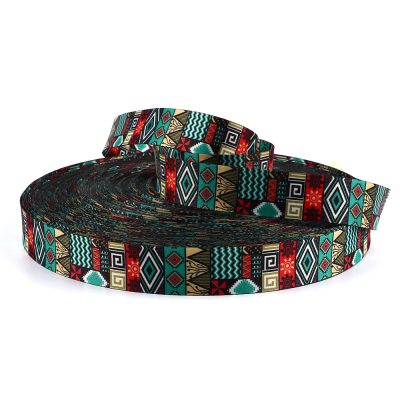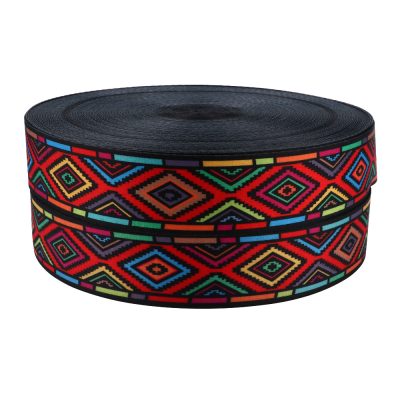The development of webbing
Woven
Warp and weft interweaving. After twisting, the yarn is warped into a bobbin (pan head), the weft yarn is shaken into a bun, and the tape is woven on the loom. In the 1930s, weaving belts for hand-pulled wooden looms and iron-wood looms. In the early 1960s, the 1511 loom was converted into a ribbon loom, which is still widely used. Due to the small width of the belt, the weaving method is different, there are single, double, dozens of different, there are single layer, and there are double layers.
In 1967, the worker-centered shuttleless webbing research group successfully designed and manufactured a high-speed single shuttleless webbing machine by itself. A pioneering work in the history of webbing.
In the 1970s, due to the promotion of continuous dyeing and ironing machines for tapes, the processing of colored tapes developed from the traditional process of dyeing and weaving to weaving and dyeing, weaving and bleaching, and ironing and processing. The ranks of mass production. In the early 1980s, the industry introduced high-speed shuttleless belt weaving machines, ironing machines, wrapping machines, warping machines, etc. from Switzerland, Italy, and the Federal Republic of Germany, and the technology of weaving has entered a new stage of development.
The progress of webbing technology has brought about the upgrading of products. In 1979, the first-generation SD9-9 rubber ingot belt was successfully trial-produced, which ended the history of relying on imports for rubber ingot belt products. In 1980, SD-81A and B-type rubber ingot belts were developed, which are soft, light, thin, firm, small in elongation, small in impact force, and short and flat in joints. At the beginning of 1990, the trial production of the car seat belt for the Santana car was successful. After more than two years of research and trial production, the product quality has reached QC49-92 and TL-VW470 standards.
weaving (spin weaving)
After the yarn is wound and wound to form a weft tube, it is inserted into the fixed tooth base of the knitting machine. Usually the number of spindles is even, the woven tape is tubular, the number of spindles is odd, and the woven tape is flat. The spindle weaving process has been applied since the old China. The number of spindles varies from 9 to 100 spindles due to different equipment. The basic technological process of weaving is: bleaching and dyeing – weft winding – weaving – dropping and cutting – packaging. Since 1960, several technological innovations have been carried out on the knitting machine, mainly including the enlargement of the diameter of the peach board, the installation of an automatic stop device for broken rubber bands, and the replacement of iron ingots with nylon ingots. The improvement of these equipments has increased the vehicle speed to 160-190 rpm, doubled the stand rate, and greatly improved the product quality.
Weaving can not only weave ribbon, but also weave rope. The tubular belt is a kind of braided rope. The diameter of 1-4 mm is called rope or rope. The diameter of more than 4 mm is also called rope. The diameter of more than 40 mm is generally called cable or cable. In 1989, the industry introduced Japanese eight-strand cable production line equipment, and produced polypropylene eight-strand cable in the following year, and the product won the National Silver Award.
knitting
In the 1970s, knitting warp knitting and weft knitting technology has been widely used in webbing. In 1973, the trial production of knitted nylon wide tight belt was successful. In 1982, it began to introduce Italian crochet machines, with advanced technology and wide production varieties, especially suitable for thin decorative belt fabrics, such as lace, elastic belt, window screen, decorative belt and so on. The basic technological process is: bleaching and dyeing – winding – weaving – ironing – packaging.
Before the 1970s, the fire hose tube blank was woven with a flat loom, and the diameter of the tube blank was greatly deformed and the output was low. In the second half of 1974, the industry organized the tube blank weaving research and development team, according to the principle of knitting, using warp and weft weaving, relying on the loop-forming yarn in the loop-forming process, using the cylinder and sinker arc of the loop-forming yarn to separate the warp and weft yarns that are not interwoven. Linked into a whole, it becomes a warp-lined weft-inserted tubular knitted fabric, and the production technology level of the products’ plastic-coated water pipes and high-pressure fire hoses ranks first in the country.



















